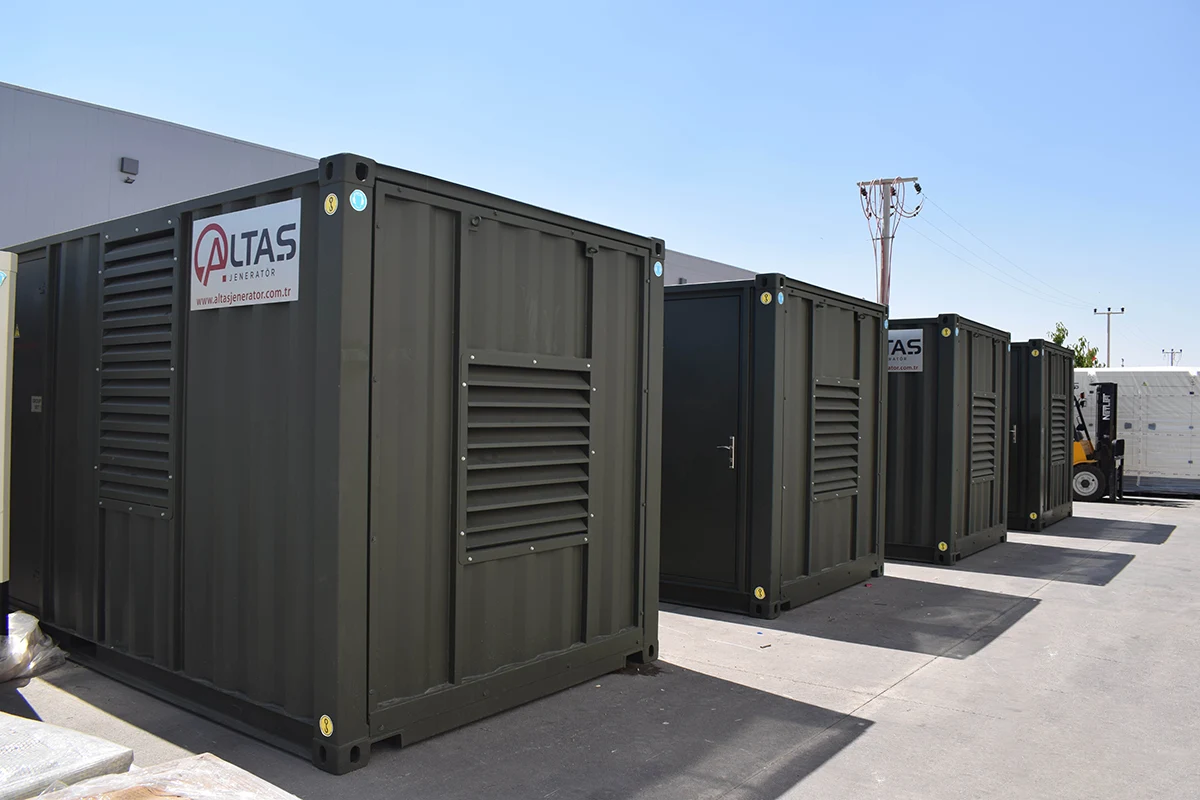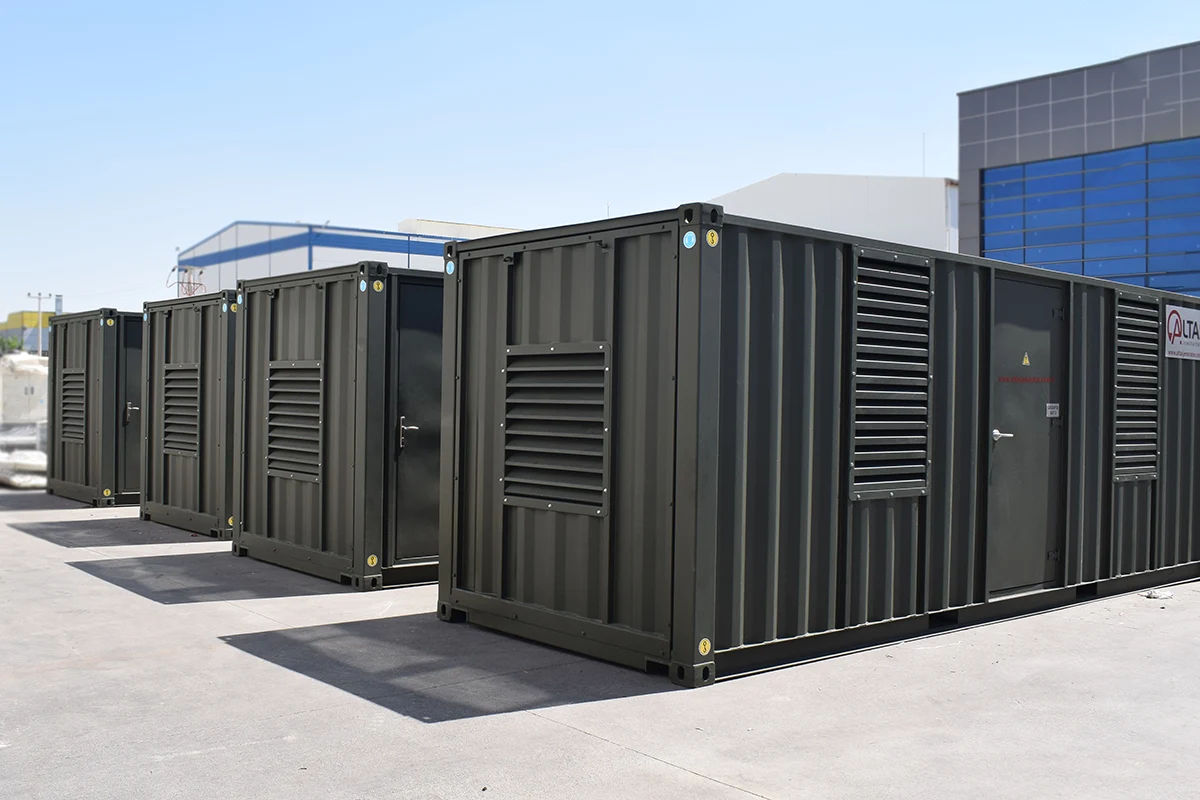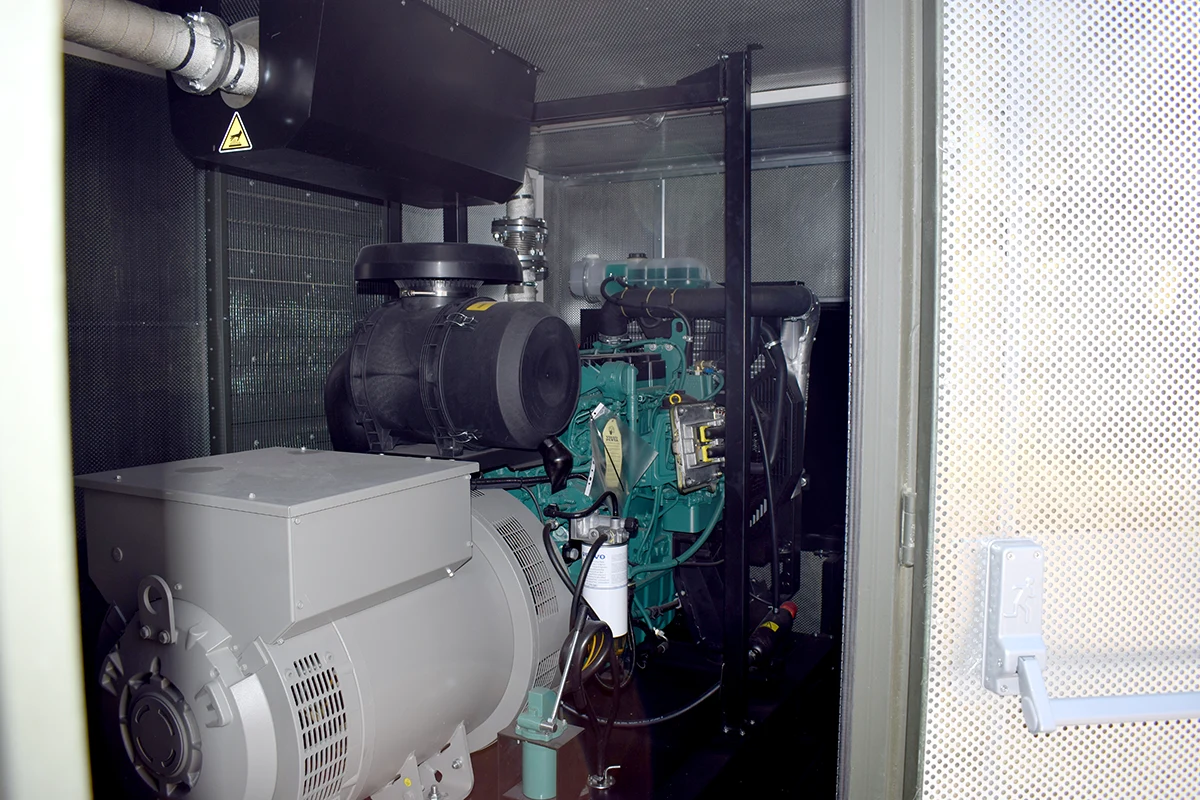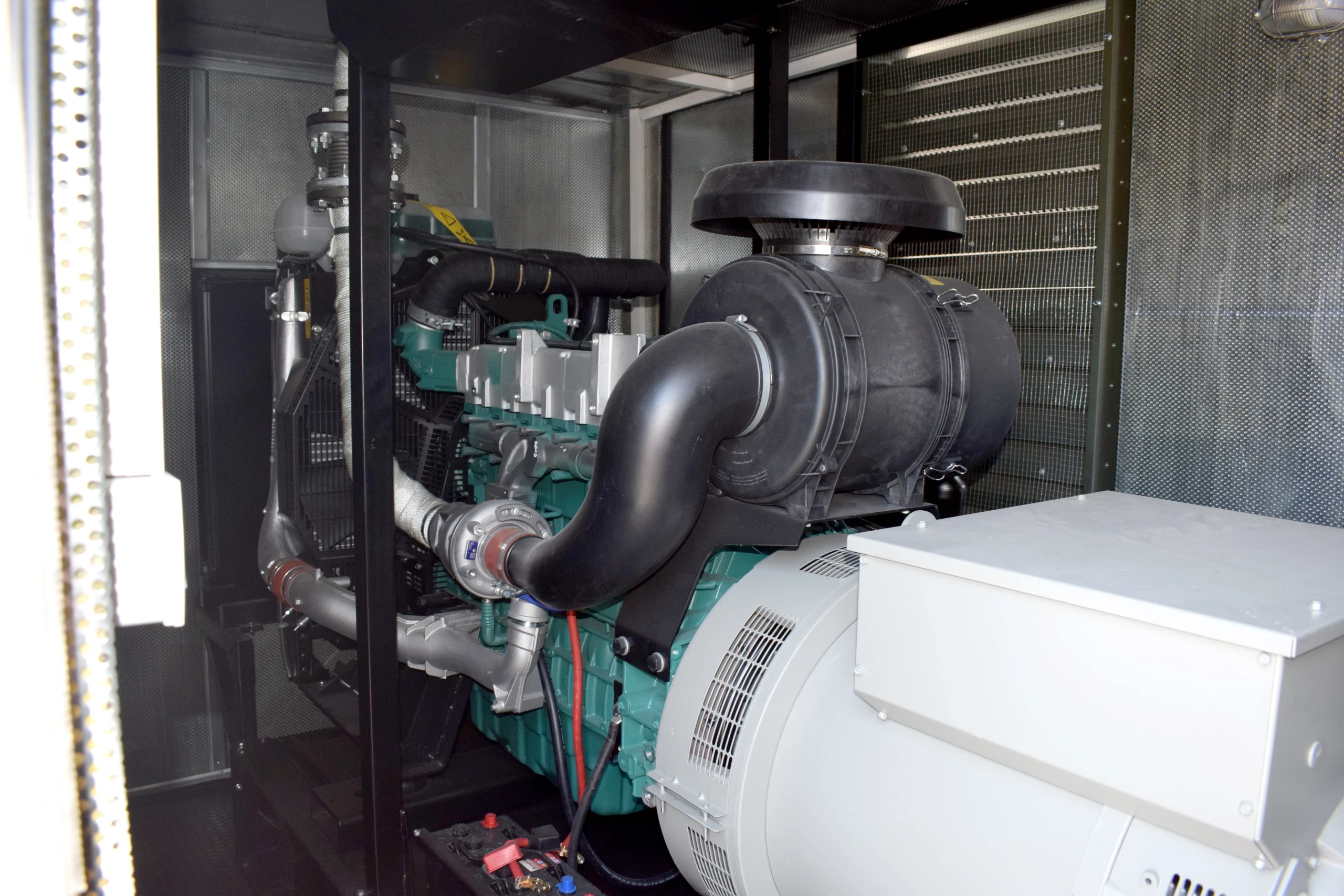Synchronized Projects Synchronized Projects
The Power of Synergy
Some of your projects may require high kVA range power and we provide the needed energy with synchronized systems. Synchronized Projects where one or more generators operate on the same grid as other networks or generators, provide many advantages in comparison to a single generator with the same output range:
- Lower initial investment budget and lower costs for buying
- Fuel savings with flexible operation
- Dependability
- Easy service and maintenance
- Supplementary operation and equal aging applications to extend running life
Our team of engineers help you build the optimal synchronization system for different types of project demands; while initial running of the generator is carried out on location by our expert technical teams or our authorized service dealers.
We build our generators for long-life and high-performance with a a promise of customer satisfaction, using global leading brands for switches and control panels in the power and command points for synchronized systems.

Synchronized Project Operation Methods Synchronized Project Operation Methods
Each project has different requirements and respective application methods for synchronized generator systems:
- Continuous powering of the facility with synchronized generators
- Powering the facility with synchronized generators as a reserve to grid power
- Single or synchronized generators operating in parallel to grid power
- Uninterrupted power transmission system for switching grid power and supplemental generator(s)
- Smooth power transfer to/from grid energy, absolute synchronicity, synchronized reserve generators for break-downs, communicating synchronicity applications.
After our engineers determine the energy requirements, we get together with our customers to decide on the ideal synchronized system solution to meet the power needed.
Synchronized Generator Systems
Synchronization in generators refers to aligning multiple generators either amongst themselves or with an electrical grid to operate at the same electrical frequency and phase angle. Synchronization is necessary to combine the electrical powers of generators to create a larger power source or to supply power to the primary electrical grid.
Synchronizing generators involves matching the speeds and phase angles of generators to ensure they operate at the same frequency. This process involves connecting the generators in parallel and correctly sharing the electrical load. The synchronization process prevents electrical disparities between generators and ensures a safe and stable power distribution.
Synchronization is typically carried out through specialized devices and control panels. These devices monitor the frequencies and phase angles of generators and make adjustments as needed. The synchronization procedure is critical for the safety and stability of the electrical system and should be performed by authorized and experienced personnel. Parallel connection involves connecting multiple components in electrical circuits or in equipment that generates electrical energy to the same electrical potential. This allows the components to be connected in parallel and operate at the same voltage level. Parallel connection is used in many applications, such as increasing power, sharing loads or providing backup. For example, parallel connection of generators allows the powers of multiple generators to be combined, increasing the total power capacity. Parallel connection can also be used to provide backup power to the primary electrical grid. For instance, in case of a generator failure, other generators can come online to prevent power outages. Parallel connection should be carefully planned and implemented to ensure the safe and effective operation of power sources. Electrical disparities, power imbalances or other issues should be carefully addressed and necessary precautions taken before establishing parallel connections. This process is usually carried out through specialized devices and control systems and should be performed by authorized personnel. Synchronized generator systems are a powerful and effective technology widely used in electricity generation. These systems utilize rotating machines to generate electrical energy and are commonly found in large-scale power plants, industrial facilities and electrical transmission lines. The operating principles, applications and advantages of synchronized generator systems are as follows: Synchronization of diesel generators is a process that involves connecting multiple generators in parallel to operate together on the same electrical grid. In this process, it is essential to match the generators in terms of voltage, frequency and phase angles. Initially, the generators are started and brought to their nominal speeds, i.e., their frequencies. Voltage regulators are used to adjust the output voltages of the generators to the same level. Subsequently, by referencing the frequency of the main generator, the frequency of the second generator is equalized using motor speed control. Once the frequencies are matched, the speeds of the generators are fine-tuned. The synchronization of the phase angles of the generators is checked using a synchroscope or synchronization lamps. When the synchroscope needle reaches a vertical position or the synchronization lamps start flashing at minimum brightness, it indicates that the phase angles of the generators are in sync. At this point, the second generator is connected in parallel to the main grid. After the connection, the load sharing of both generators is checked, and motor speed and voltage adjustments are made to optimize the load distribution. This process is crucial for the safe and efficient operation of generators and is successfully carried out through careful controls with appropriate equipment. Synchronized generator systems are used in a variety of different applications: Power Plants: Used to generate electricity from various sources such as fossil fuels, hydroelectric, wind and nuclear energy. Industrial Facilities: Large factories and facilities can use synchronized generator systems to meet their electricity needs. Emergency Power Sources: Hospitals, data centers and other critical infrastructure use synchronized generators to provide continuous power during electrical outages. Maritime and Transportation: Ships, trains and other transportation vehicles use synchronized generators to power their electrical systems. Synchronized generator systems have many advantages: High Efficiency: Synchronized generators provide high efficiency by effectively converting electrical energy. Dynamic Load Adjustment: Synchronized generators can quickly supply power according to demand and operate across wide load ranges. Low Maintenance Requirement: When properly maintained, synchronous generator systems are long-lasting and require low maintenance. Flexibility: Synchronized generators can operate with different fuel types and can be configured to suit various applications. Synchronized generator systems are a powerful and reliable technology that plays a significant role in electricity generation. With advantages such as high efficiency, dynamic load adjustment and low maintenance requirements, they are used in many different applications. These systems play a critical role in meeting energy demands and providing protection against power outages.What is Parallel Connection in Generators?
Synchronized Generator Systems Operating Principle, Applications, and Advantages
Operating Principle of Synchronized Generators:
Applications:
Advantages:



